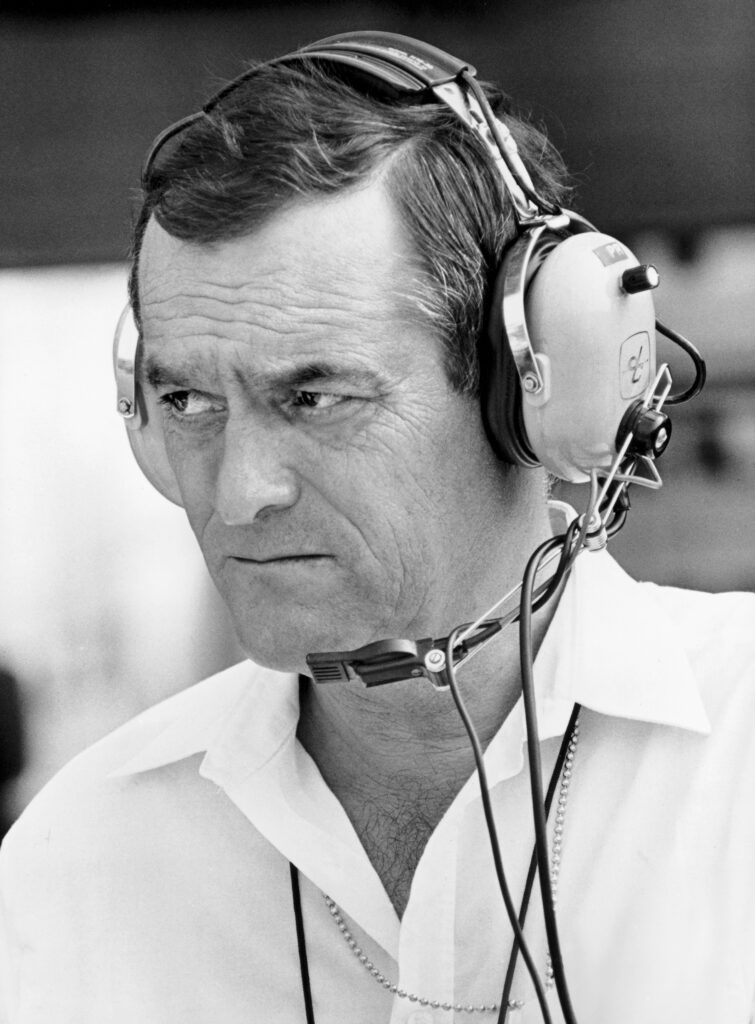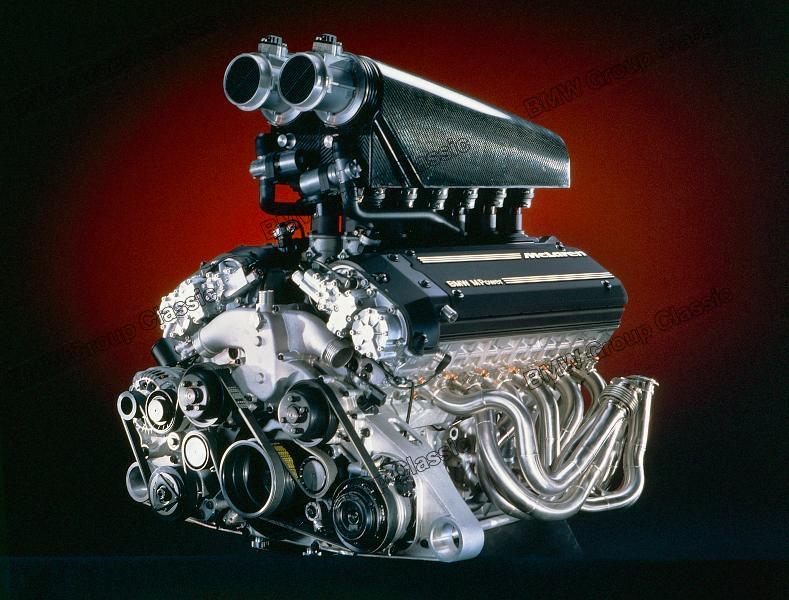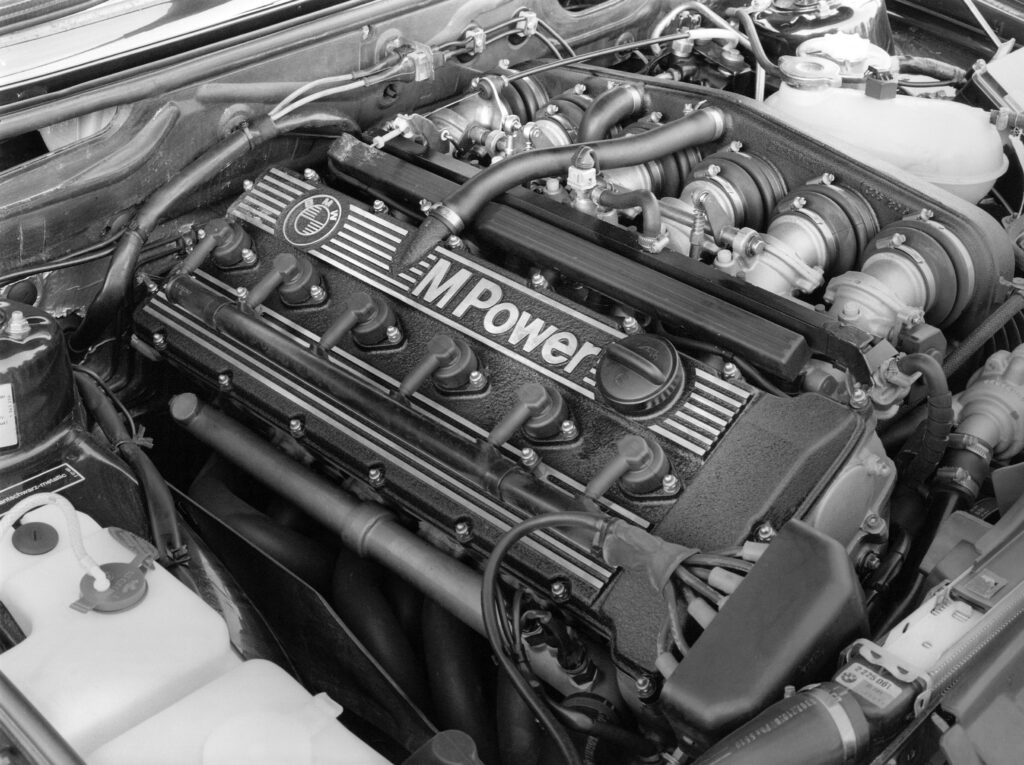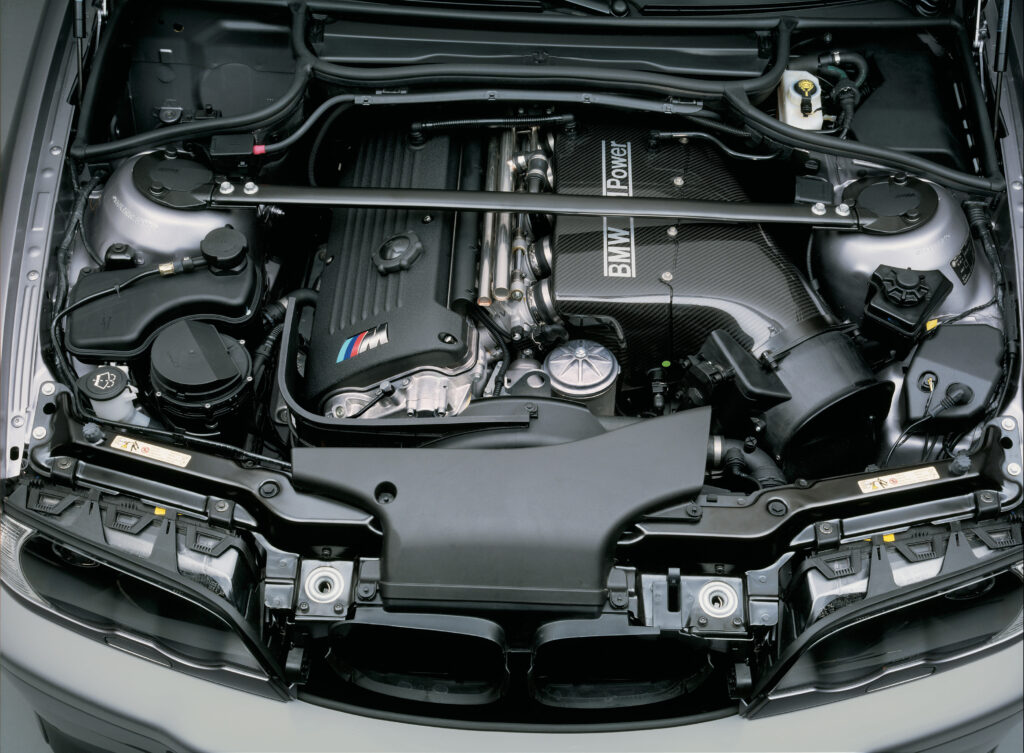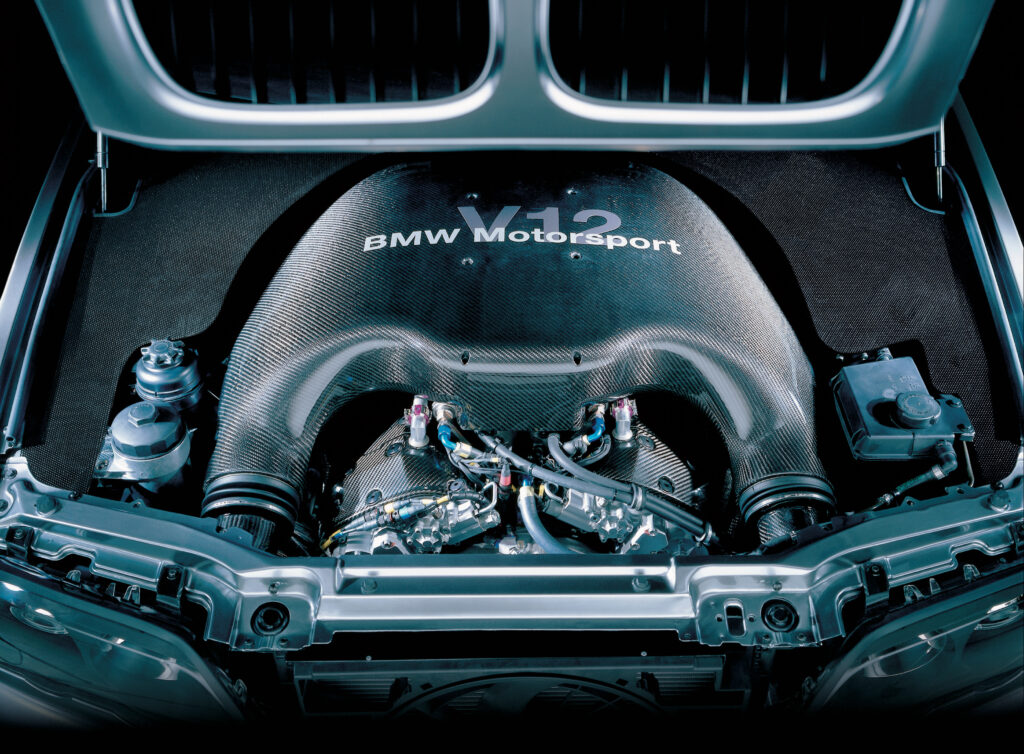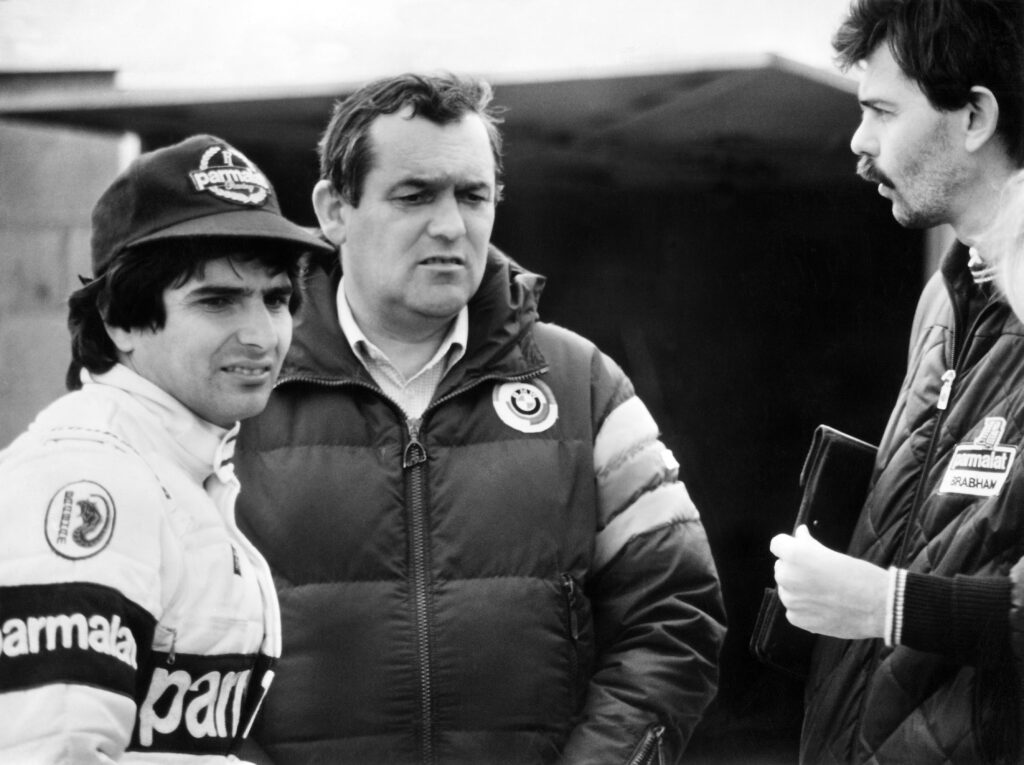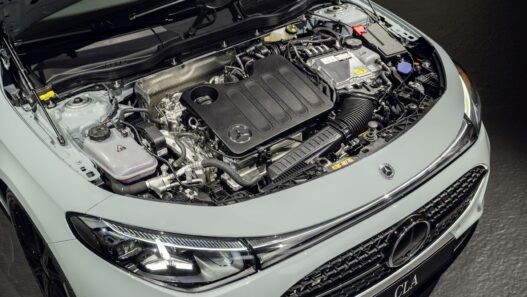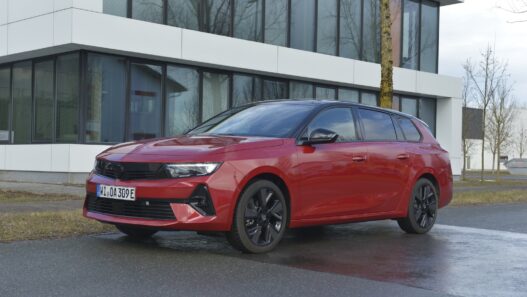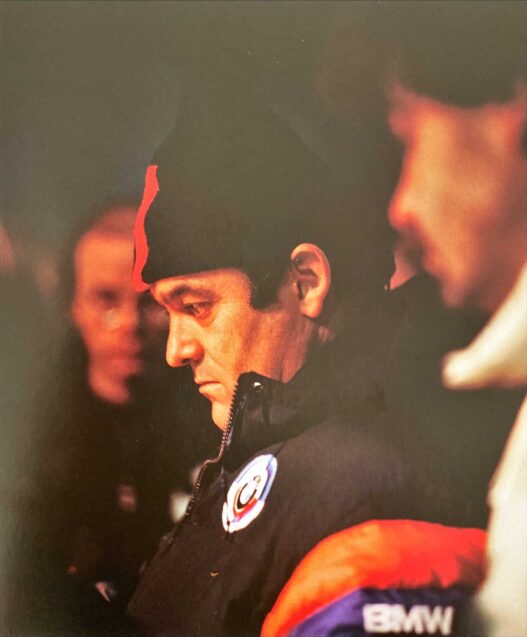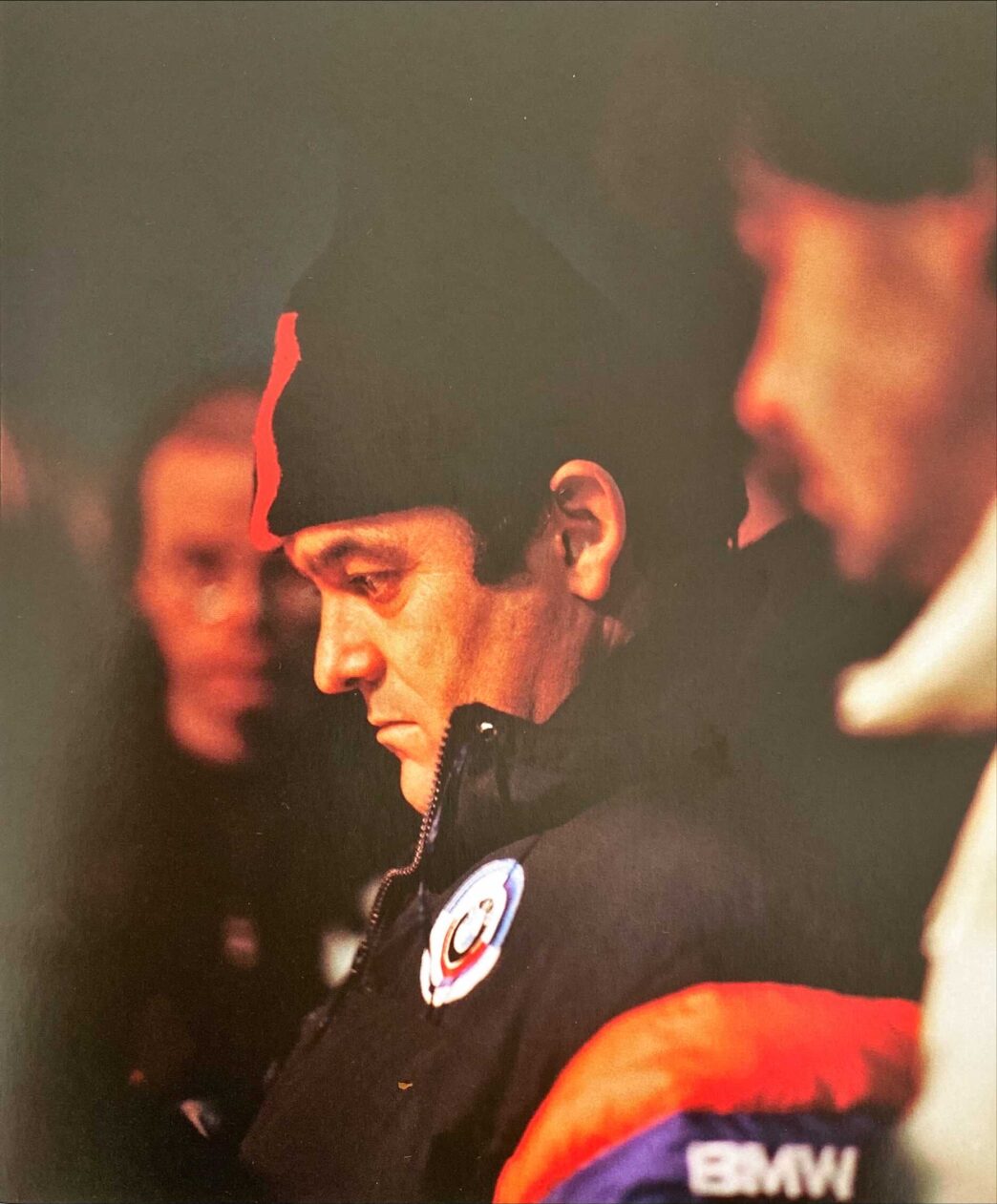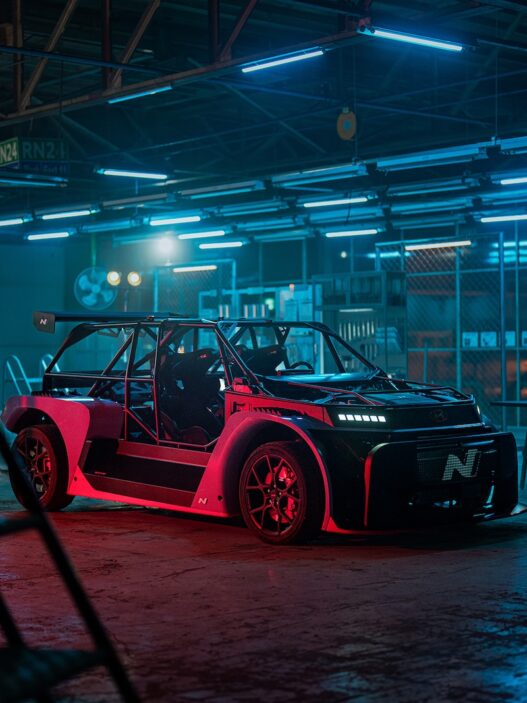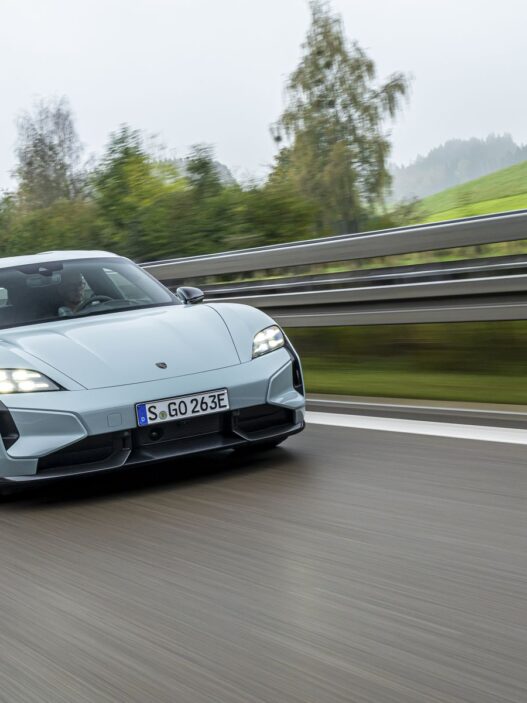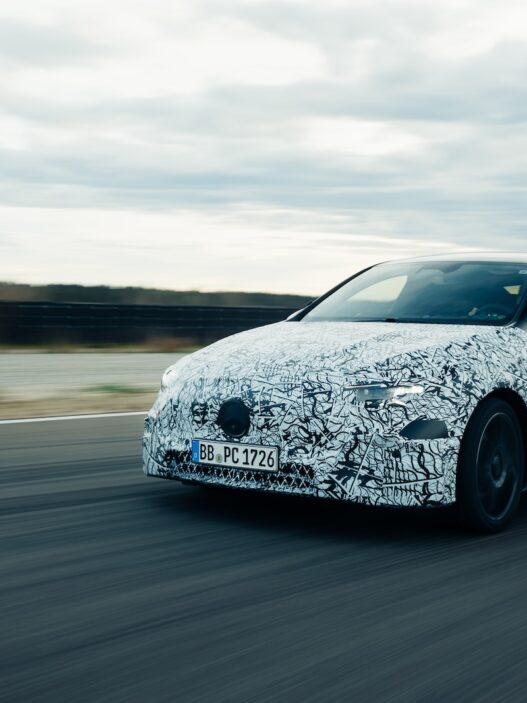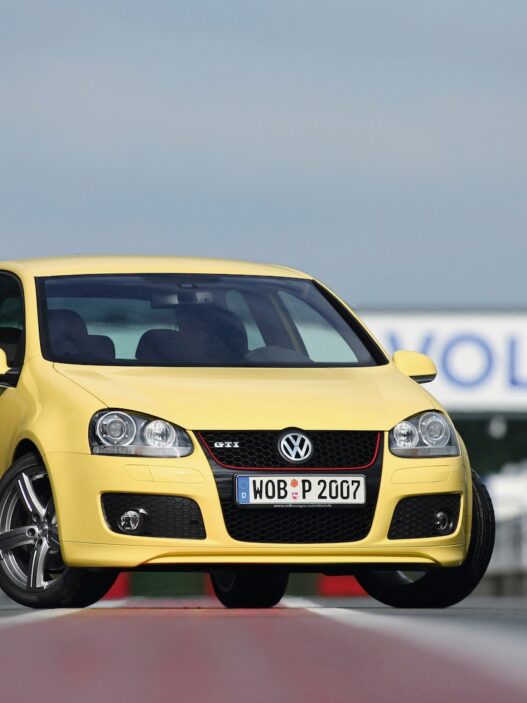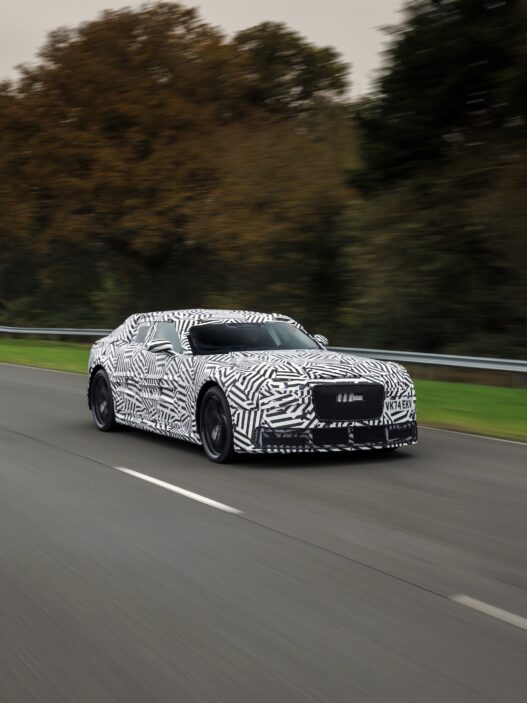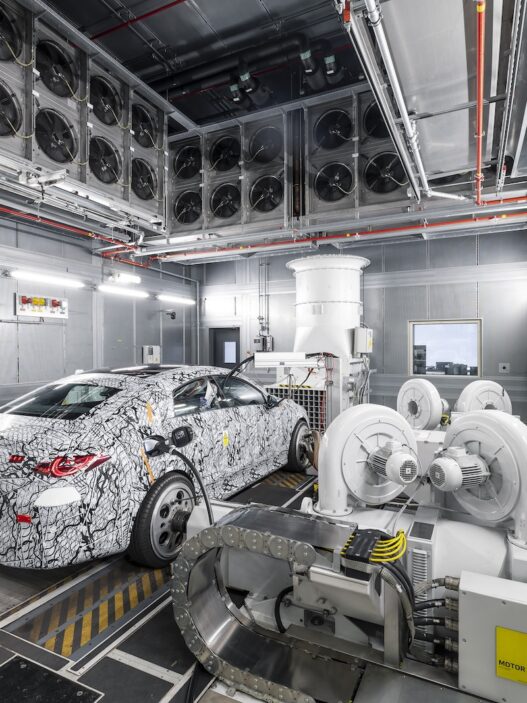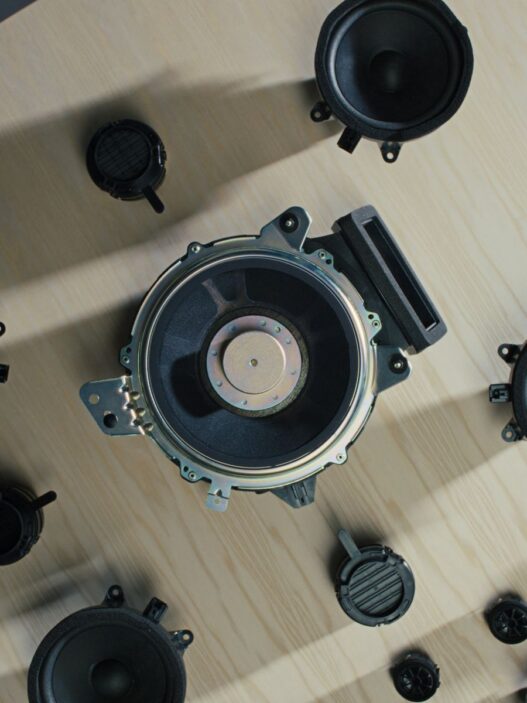He never wanted to be seen as a genius, though he undeniably was. Throughout his life, Paul Rosche saw himself as an optimizer, a boundary-pusher, a technician – first and foremost, though, a Munich man. His strengths lay in persistence, hard work, and unparalleled talent.
While some, like Jochen Neerpasch, moved frequently from one executive position to another, Rosche, his colleague from the early days at BMW Motorsport GmbH, couldn’t have been more different. BMW was his life. Joining the company in 1957 as a 23-year-old engineer, Rosche remained with BMW for 42 years until his retirement. But retirement was just a word – BMW provided him with a fully equipped office where he continued to shape groundbreaking engines, sometimes quietly, sometimes more visibly.
I Can Sit in the Sun When I’m 90
Paul Rosche
Rosche had an uncanny instinct for doing what was right, even if it didn’t always align with corporate politics. The first racing engine he left his mark on was the complex Apfelbeck Formula 2 engine, a technical marvel that set speed records but didn’t win many races. Recognizing Rosche’s talent, Baron von Falkenhausen tasked him with refining the design.
At that time, the team responsible for production and motorsport engines was a small six-man group. Fresh out of college, Rosche knew little practical engineering and had to work hard to keep up, often staying late into the night. „I fell asleep at the drawing board more than once,“ he later recalled of those early years.
The faith Falkenhausen placed in him was all the motivation Rosche needed. Challenges didn’t exist – only solutions. His first significant achievement was the new cylinder head for the Formula 2 engine. Where the old Apfelbeck 2.0-liter engine produced 260 horsepower, Rosche’s redesign pushed that figure to an astounding 330 horsepower.
Rosche’s Rise in Motorsports
Drivers clamored to get behind the wheel of Rosche’s engines, but after the tragic death of Gerhard Mitter, BMW withdrew from Formula racing. For Rosche, it was time to go underground. By day, he completed routine tasks at his desk; by night, in a rented garage near the factory gates, he worked with a small team to optimize his Formula 2 engine.
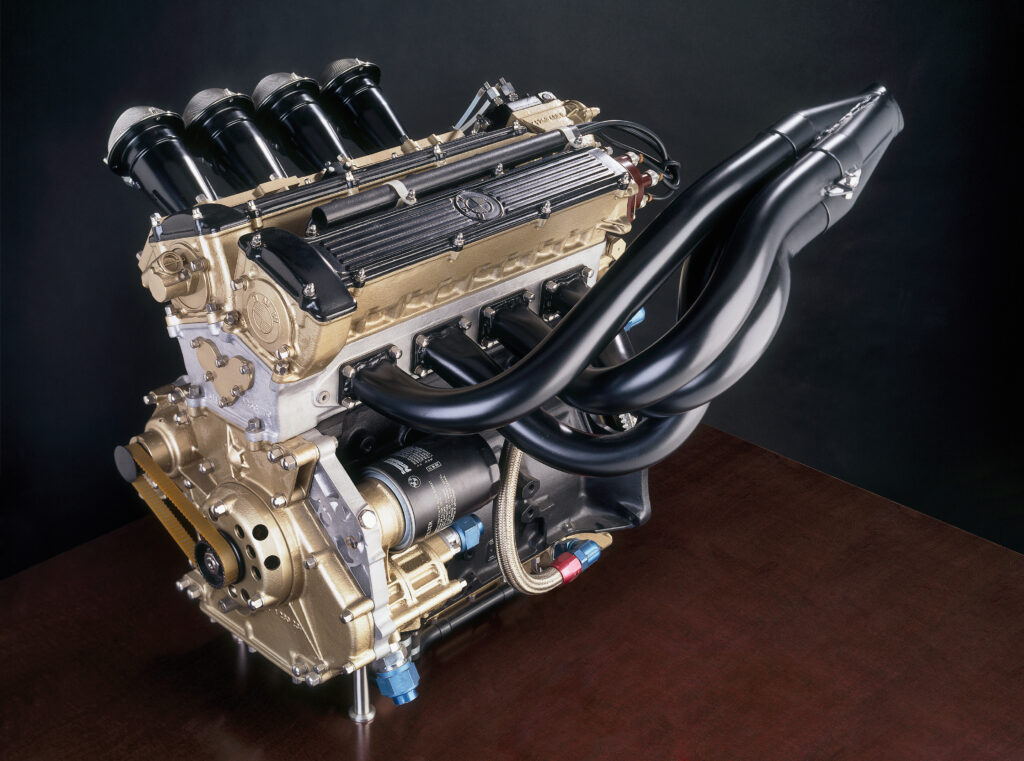
Meanwhile, developments were happening quickly. Even before BMW’s withdrawal from Formula 2, von Falkenhausen had tasked Rosche with developing a turbocharged engine to take on Porsche in touring car racing. Though the early trials with what would become the production BMW 2002 turbo were rough – Rosche referred to the turbo as „that thing,“ and it smoked like an old diesel – the potential was there.
Around this time, BMW Motorsport GmbH was founded, and marketing strategist Bob Lutz brought in Neerpasch from Ford. Together with Rosche, they formed an unbeatable team, even if Rosche, the no-nonsense Bavarian, sometimes found the chaos of the new motorsport division unsettling.
Racing Success and Engineering Mastery
Rosche thrived in the new environment, returning his „underground“ activities to BMW’s main campus. Whenever Neerpasch proposed a new race effort, Rosche already had the engine ready – and it was always the best. His 1.4-liter four-cylinder turbo produced 570 horsepower, and the six-cylinder engines for the 3.0 CSL and 3.5 CSL pushed out around 500 horsepower in their final iterations. Where Rosche had a hand, championships followed.
With success came bigger ambitions. Driven by the pursuit of constant improvement, Rosche developed a Formula 1 engine. Neerpasch was thrilled but hit a wall with BMW’s board, who balked at entering the F1 scene. Frustrated, Neerpasch moved to France and proposed taking Rosche’s engine with him. But Rosche, who had never been interested in corporate politics, wasn’t about to let „his“ engine go. After some internal maneuvering, he won the battle and secured BMW’s entry into Formula 1.
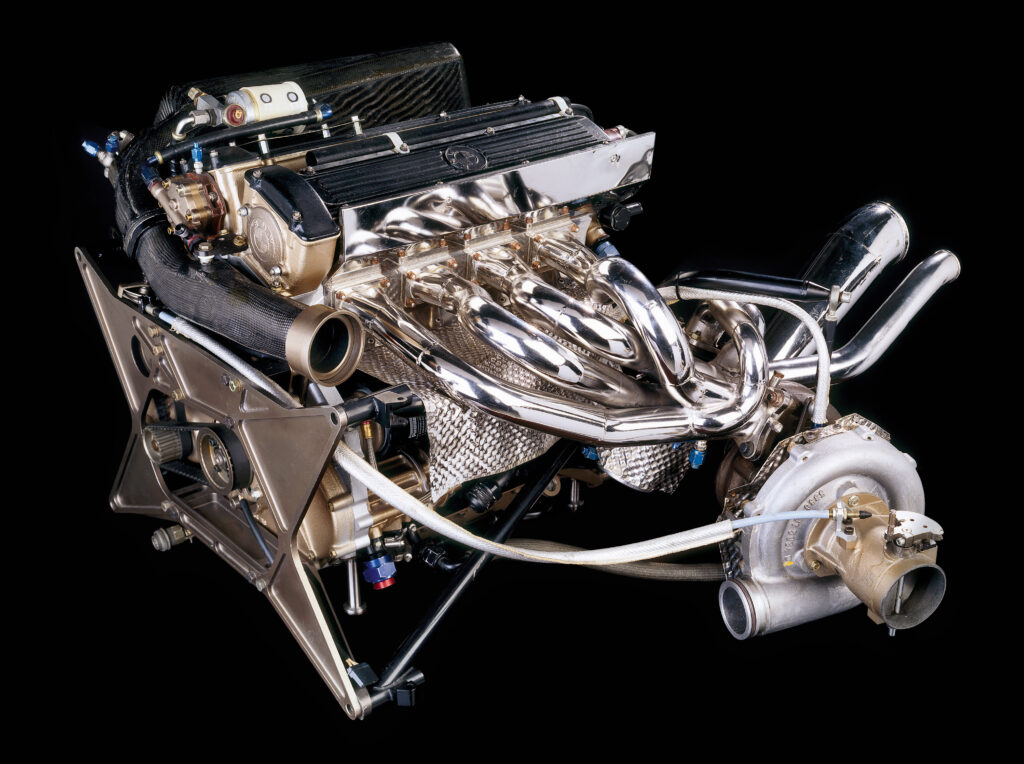
The engine, with which Nelson Piquet won the F1 World Championship just a year later, produced up to 1,400 horsepower, making it the most powerful Formula 1 engine of all time. This achievement solidified Rosche’s legendary status.
The Man Behind Iconic BMW Engines
BMW management understood Rosche’s value and gave him free rein. The M1 and all subsequent M models featured his engines. The M5 and M635 CSI shared a 3.5-liter six-cylinder engine that produced 286 horsepower – a direct descendant of the M1 powerplant, which evolved into a 3.8-liter, 340-horsepower engine by 1995, still based on a block from the 1960s.
The legendary E30 BMW M3, the most successful touring car of all time, was more of a „side project“ for Rosche, as its engine was a simple adaptation of his Formula 2 engine.
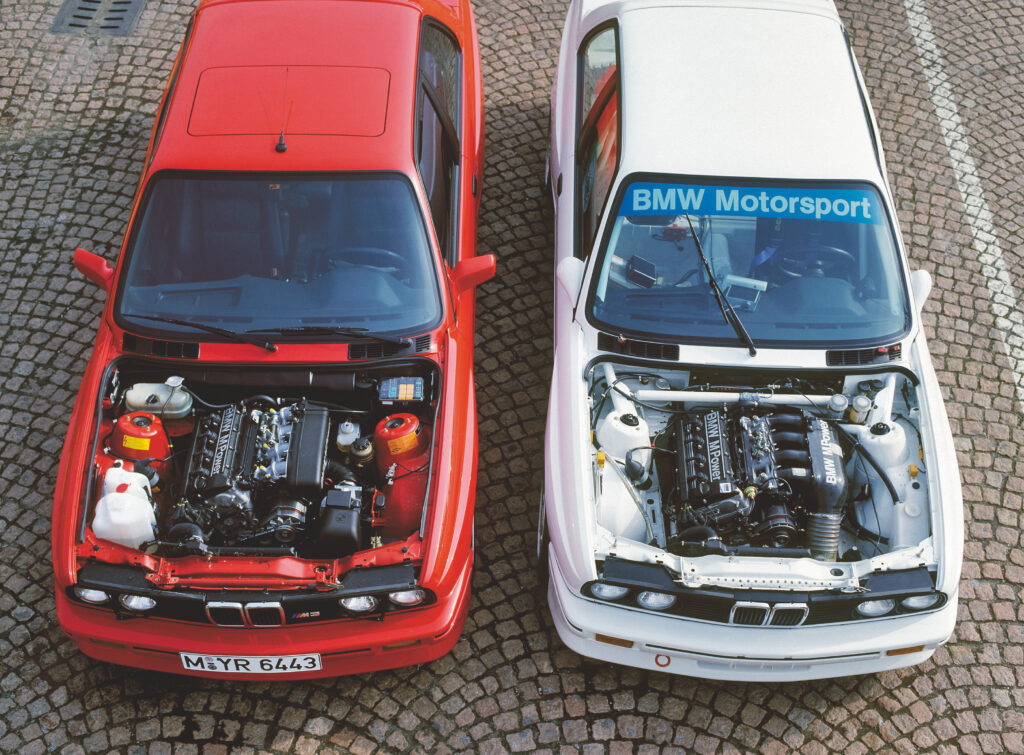
BMW decided to capitalize on the reputation of Rosche’s motorsports engines for its production cars. Rosche was tasked with developing a small six-cylinder engine for BMW’s lower-end models. His colleagues scoffed, doubting whether such an engine could be made durable and cost-effective. But Rosche proved them wrong, and the M50 six-cylinder became a benchmark in engine design for 25 years. And of course, he also created a high-performance version, the S50 – a 3.0-liter engine for the E36 BMW M3, widely regarded as one of the greatest engines of the century.
Everything He Touched Turned to Gold
Rosche wasn’t content with just these successes. In his private „development lab,“ he transformed the 3.0-liter six-cylinder into a 6.0-liter V12. When his old F1 world champion friend, Gordon Murray, called looking for the best engine in the world for his McLaren F1, Rosche delivered. Just weeks later, the first prototype was running.
That same engine powered McLaren to victory at Le Mans in 1995, completing the entire season without needing a single engine service. It was, after all, designed by Rosche for mass production. Four years later, the engine was tweaked slightly and won again at Le Mans, just as BMW decided to re-enter Formula 1.
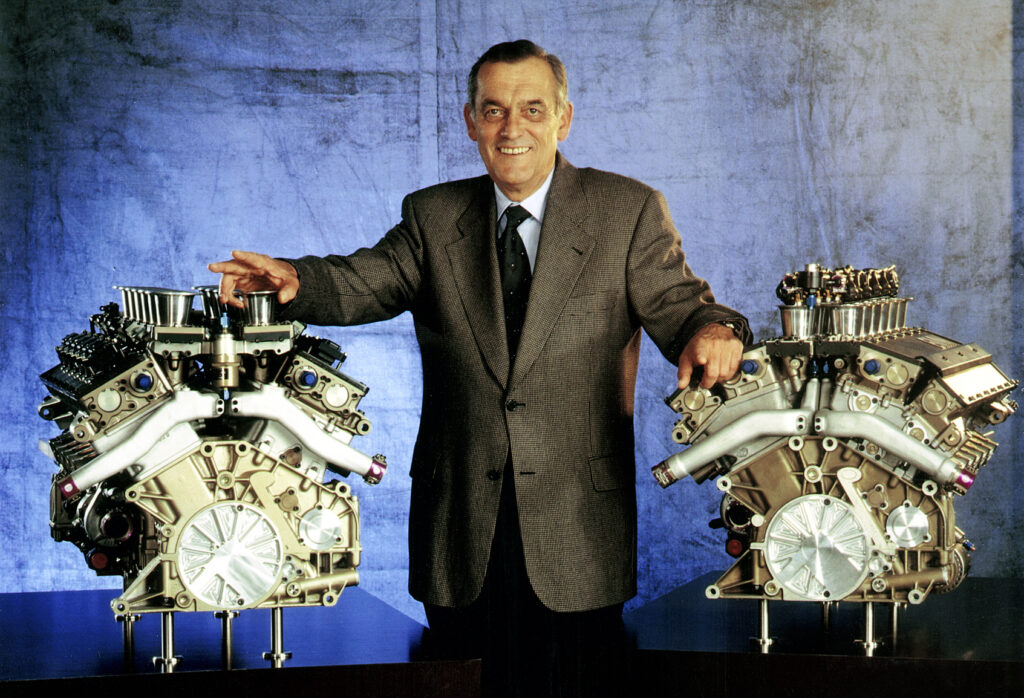
Rosche smiled, as he always did, and rolled up the garage door. Down in the basement, he had a complete, up-to-date engine ready to go. That engine powered Williams-BMW to a podium finish in their first race after a 20-year absence from Formula 1.
For Rosche, it was no surprise. He simply knew how to build great engines. In his mind, it wasn’t genius; it was just a matter of physics, optimization, and persistence.
Yet, his humility and reluctance to seek the spotlight fade away when you experience one of his engines. The feeling is indescribable – power, finesse, a perfect blend of raw force and elegance, and that unforgettable sound of individual throttle bodies at full throttle. It’s breathtaking. And yes, it’s genius. No other word would do it justice.
